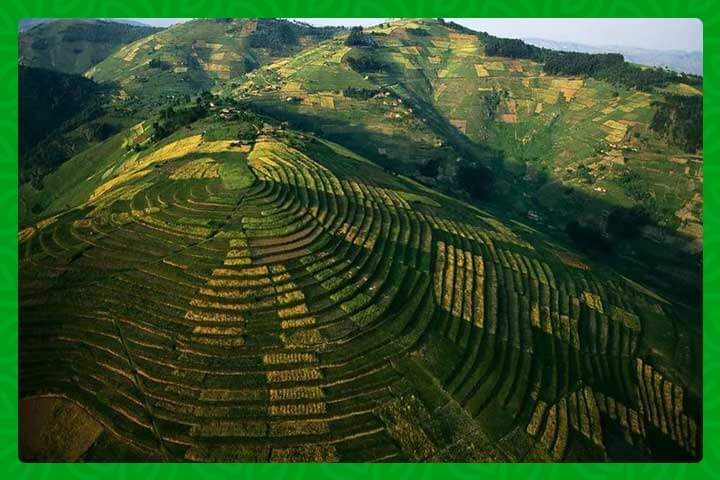
Rwanda is embarking on a groundbreaking environmental endeavor, poised to plant 63 million indigenous and exotic tree seedlings. This ambitious reforestation initiative serves a dual purpose: to sell carbon credits on the carbon market and combat climate change while bolstering resilience against extreme weather events.
Indigenous vs. Exotic Trees
Indigenous trees are native species that have evolved in the same area, perfectly adapted to the specific ecological conditions of their natural habitat. Exotic trees, on the other hand, hail from distant lands and often require intensive care to thrive in their new environment.
Carbon Credits: A Tradable Climate Solution
Carbon credits are tradable instruments on the carbon market, enabling nations, companies, or entities to finance carbon-cutting projects abroad while counting the emissions reductions towards their own climate targets. Each carbon credit represents a tonne of carbon emissions removed from the atmosphere.
Rwanda’s Climate Action Plan
Rwanda’s 10-year climate action plan sets an ambitious goal to reduce a staggering 4.6 million tonnes of carbon emissions by 2030, equating to a substantial 38% decrease. This reduction will be achieved through a range of interventions, with a significant focus on forestry.
Setting the Carbon Credit Price
Rwanda will establish a floor price of at least $30 per tonne for carbon credits, applying it to both technology-based and nature-based solutions. This initiative aligns with Article 6 of the Paris Agreement, signed in 2015.
The Tree Planting Season
The tree planting extravaganza is scheduled for the 2023/24 season, spanning from October to early December of this year. Concorde Nsengumuremyi, the Director General of Rwanda Forestry Authority, emphasizes the potential of indigenous trees to bolster the country’s carbon market.
Diverse Tree Planting Portfolio
Rwanda’s tree planting plan encompasses a variety of species, including 4.9 million fruit trees, 6.7 million ornamental trees, 273,590 bamboo trees, 34.2 million agro-forestry trees, and 16.5 million multipurpose trees. These trees will not only mitigate climate impacts but also withstand dry spells and combat soil erosion.
Strategic Districts and New Forests
Several districts have been prioritized for this green revolution, including Nyagatare, Rulindo, Nyabihu, Nyamagabe, Nyamasheke, Nyanza, Nyarugenge, Nyaruguru, Rubavu, Ruhango, Rulindo, Rusizi, Rutsiro, and Rwamagana. New forests will be established on 2,500 hectares, while 1,000 hectares of degraded forests will undergo rehabilitation. Furthermore, 500 kilometers of roadsides will be adorned with trees.
Innovative Solutions: Forest-Saving Cooking Technologies
Rwanda is taking innovative steps to alleviate pressure on its forests. By offering advanced cooking technologies, the country aims to reduce charcoal consumption, a major factor in deforestation. Improved cook stoves, distributed to beneficiaries in Kirehe and Gakenke districts, promote energy efficiency, slashing fuel consumption by up to 50% compared to traditional stoves. This move significantly curtails CO2 emissions and eases the burden on forests.
A Sustainable Future
This ambitious tree planting campaign is a testament to Rwanda’s commitment to environmental preservation and climate action. It aligns with the nation’s 10-year climate action plan, requiring $11 billion for full implementation by 2030. A total investment of $1.37 billion is essential to reach the goal of reducing charcoal usage from 83% to 42%, thereby safeguarding Rwanda’s invaluable forests.
Rwanda’s green vision is inspiring, with a commitment to planting 63 million trees that will not only bolster the carbon market but also fortify the nation’s resilience against climate change. By combining reforestation efforts with innovative solutions, Rwanda is forging a sustainable path toward a greener, more prosperous future.
Stay updated with the latest farming tips and agriculture industry news from Africa by subscribing to our newsletter. Don’t miss out on valuable insights and updates. Follow us on Twitter, LinkedIn, and Facebook to join our farming community and stay connected with us.



















